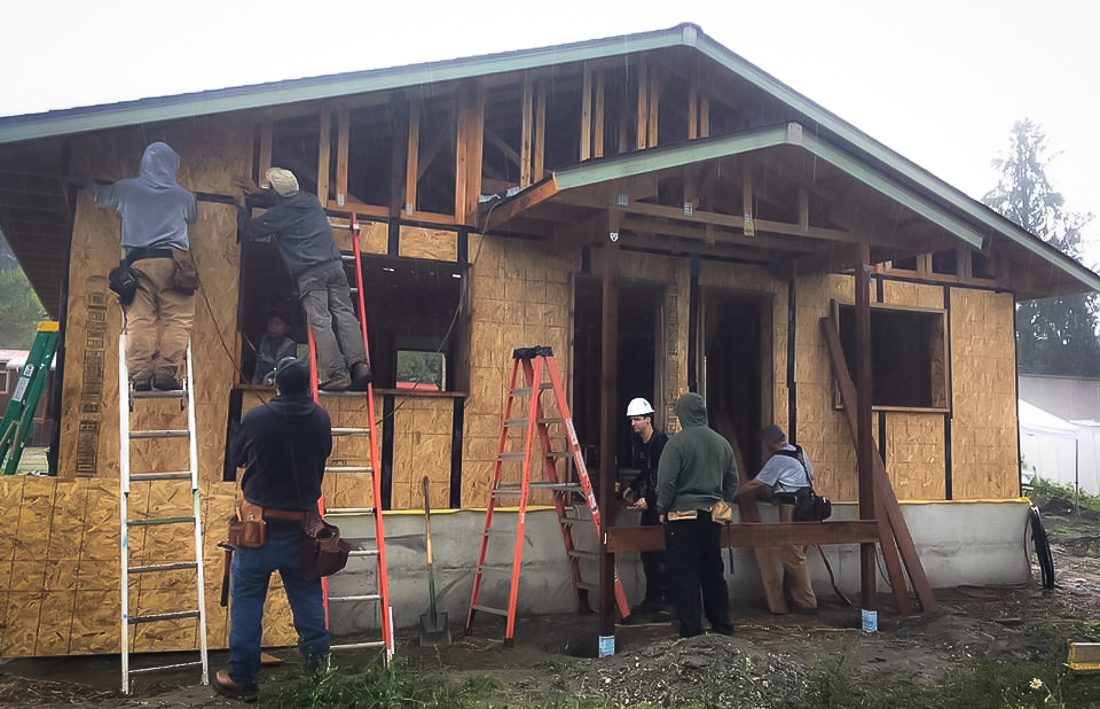In today’s world, the idea of living sustainably is more than just a trendit’s a necessity. For homeowners and real estate developers, understanding the principles of passive house design step-by-step is crucial. This approach not only offers energy efficiency but also ensures comfort and cost savings. By following a systematic process, you can transform your home into a model of sustainability.

Understanding Passive House Principles
The concept of a Passive House revolves around minimizing energy consumption while maximizing comfort. This is achieved through meticulous design and construction techniques that prioritize insulation, airtightness, and heat recovery. These homes maintain consistent indoor temperatures with minimal energy input, making them highly sustainable.
1. The Importance of Insulation
Insulation is the cornerstone of any passive house. By using high-quality insulation materials, you reduce the need for artificial heating and cooling. This not only cuts down on energy bills but also minimizes your carbon footprint.
2. Airtight Construction
Airtightness is essential in preventing unwanted heat loss or gain. Proper sealing of the building envelope ensures that your home remains energy-efficient. This is a critical step in the passive house design step-by-step process.
Maximizing Natural Light and Ventilation
3. Strategic Window Placement
Windows play a dual role in passive house design. They allow natural light to flood your home while also providing opportunities for passive solar heating. Strategic placement and the use of triple-glazed windows are recommended for optimal results.
4. Ventilation Systems
Mechanical ventilation with heat recovery (MVHR) systems are integral to maintaining air quality in passive houses. These systems ensure a constant supply of fresh air without compromising energy efficiency.
Energy-Efficient Technologies
5. High-Performance Doors
Just like windows, doors play a pivotal role in maintaining airtightness. High-performance doors are essential to preventing heat loss and ensuring the home remains energy efficient.
6. Renewable Energy Sources
Incorporating renewable energy sources such as solar panels can further enhance the sustainability of your home. These technologies can complement the energy-saving features of a passive house.
Sustainable Building Materials
7. Choosing the Right Materials
Opt for sustainable and locally sourced building materials. These not only reduce environmental impact but also improve the overall sustainability of the construction process. For more on sustainable building, visit green construction.
8. Eco-Friendly Insulation Options
Explore eco-friendly insulation options that offer both performance and sustainability. Materials such as cellulose or sheep’s wool are excellent choices.
Planning and Execution
9. Engaging Professionals
While the passive house design step-by-step process can be understood by homeowners, engaging professionals is crucial. Architects and builders with experience in passive house construction can ensure every detail is executed flawlessly.
10. Budgeting and Cost Management
Understanding the financial aspects is critical. Although the initial investment may be higher, the long-term savings in energy costs make it worthwhile. For tips on managing building costs, check out common mistakes in energy-efficient homes.
Benefits of Passive House Design
11. Enhanced Comfort and Health
Passive houses offer superior indoor air quality and consistent temperatures, enhancing the comfort and health of occupants.
12. Long-Term Savings
The energy efficiency of passive homes translates into significant long-term savings on utility bills.
Challenges and Considerations
13. Initial Costs
The upfront costs of building a passive house can be higher than traditional homes, but the savings and environmental benefits outweigh this.
14. Climate Considerations
Consider your local climate when designing a passive house. Some climates may require additional strategies to maintain comfort and efficiency.
Conclusion
Adopting a passive house design step-by-step approach offers numerous benefits, from reduced environmental impact to enhanced living conditions. By focusing on sustainability and efficiency, homeowners and developers can create spaces that are both eco-friendly and cost-effective. To learn more about sustainable building practices, visit best practices in sustainable building.

FAQs
What is a passive house?
A passive house is a building standard that focuses on energy efficiency, comfort, and sustainability, minimizing the need for artificial heating and cooling.
How does a passive house save energy?
A passive house saves energy through high insulation, airtight construction, strategic window placement, and mechanical ventilation systems.
Are passive houses expensive to build?
While the initial costs might be higher compared to traditional homes, the long-term savings on energy bills and environmental benefits make it a worthy investment.
This article contains affiliate links. We may earn a commission at no extra cost to you.




